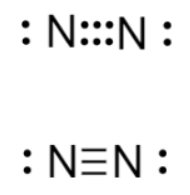Metabolism of proteins Which of the following substances is excreted by sweat glands in response to the breakdown of proteins and the formation of ammonia?
A. Sebum
B. Urea
C. Lysozymes
D. Water
Proteins are nitrogen-based compounds, which when broken down release ammonia. Ammonia is a toxic substance to the body, and sebaceous glands coverts it to urea.
Therefore, the Correct Answer is B.



